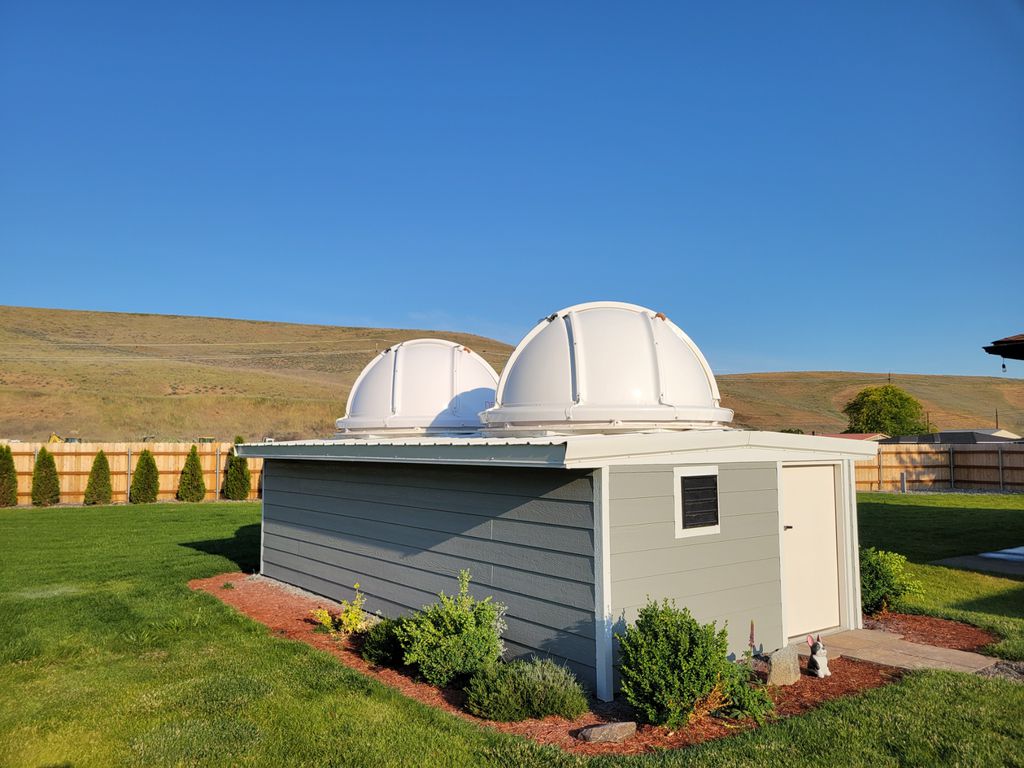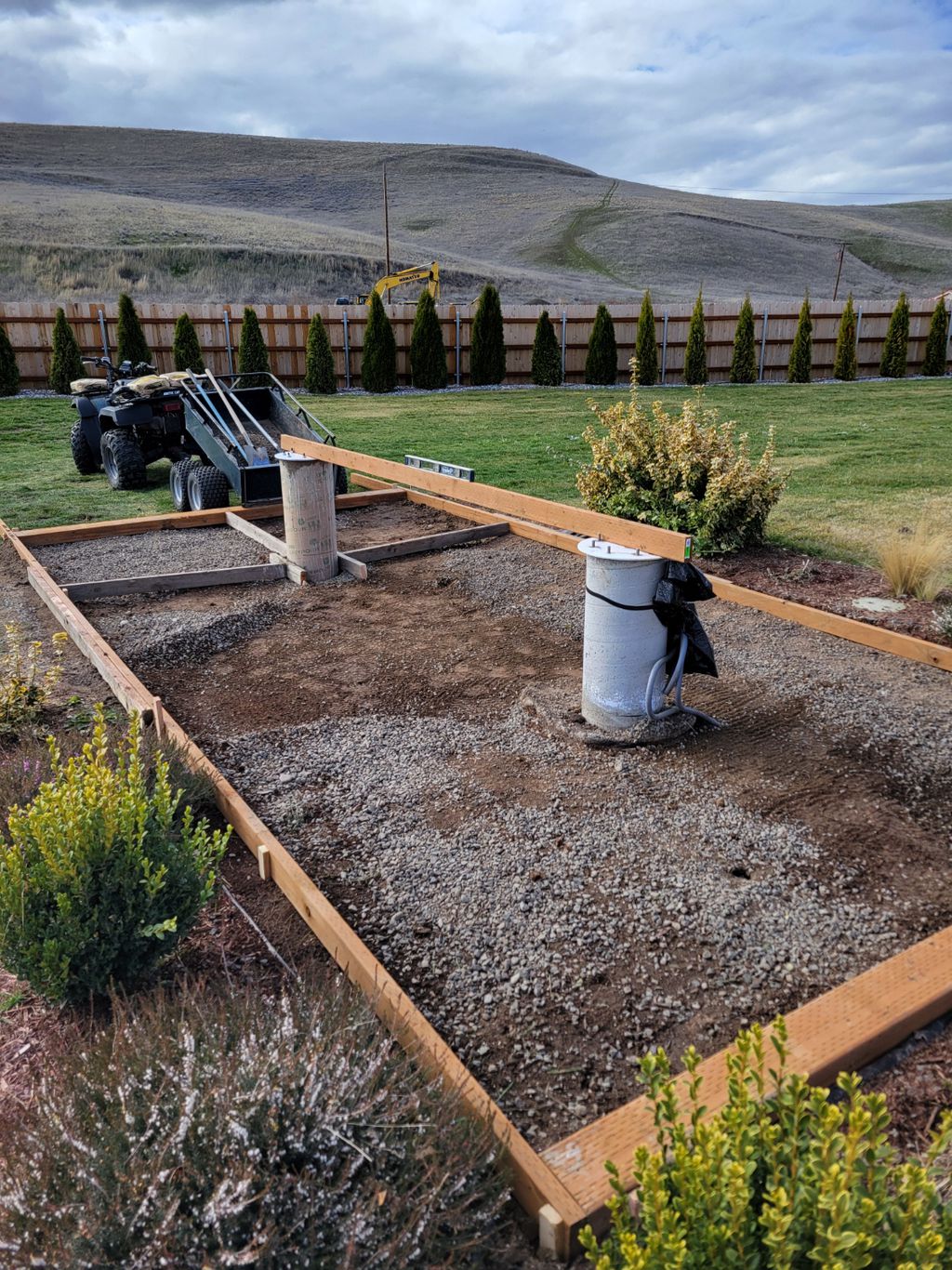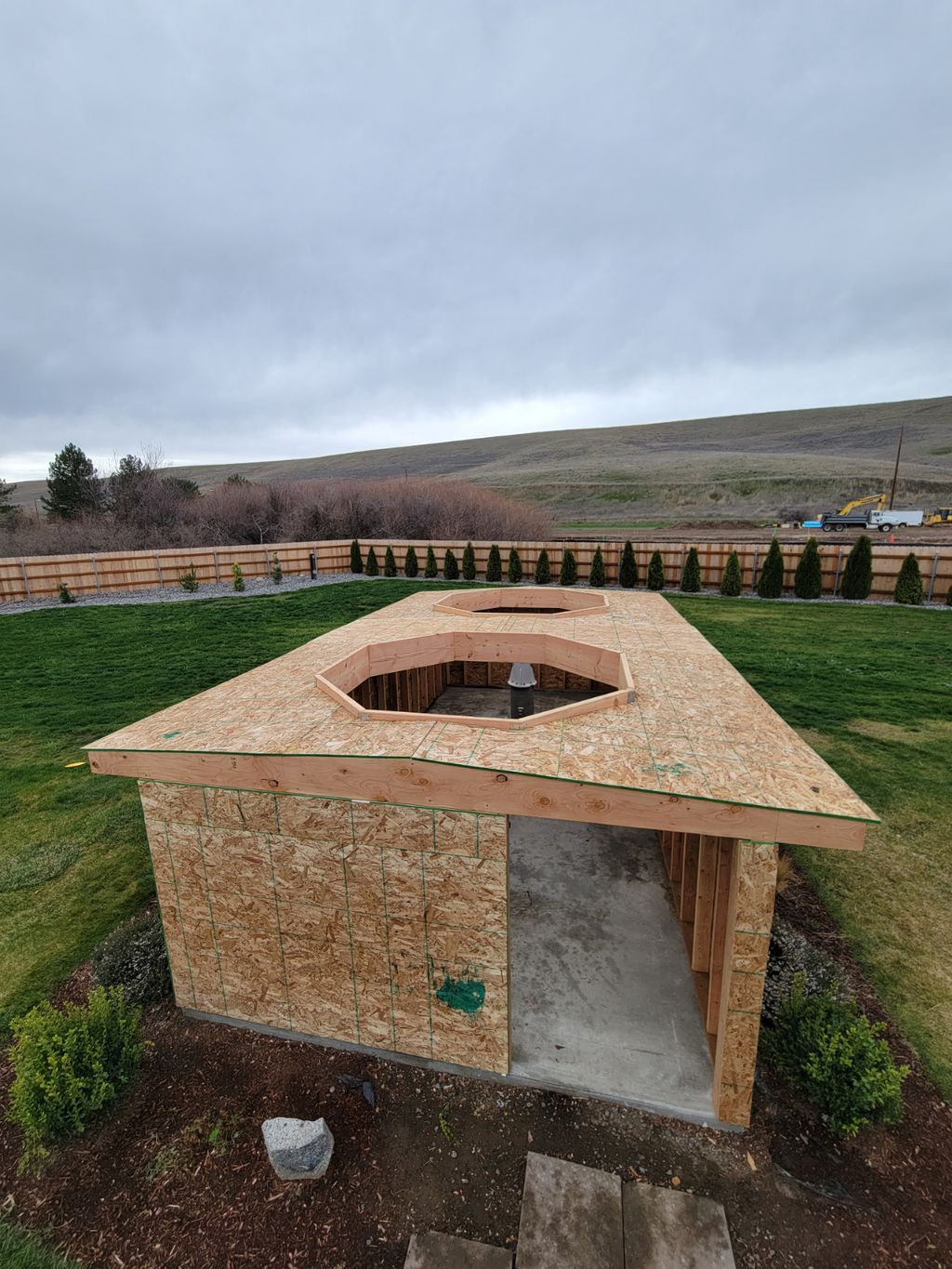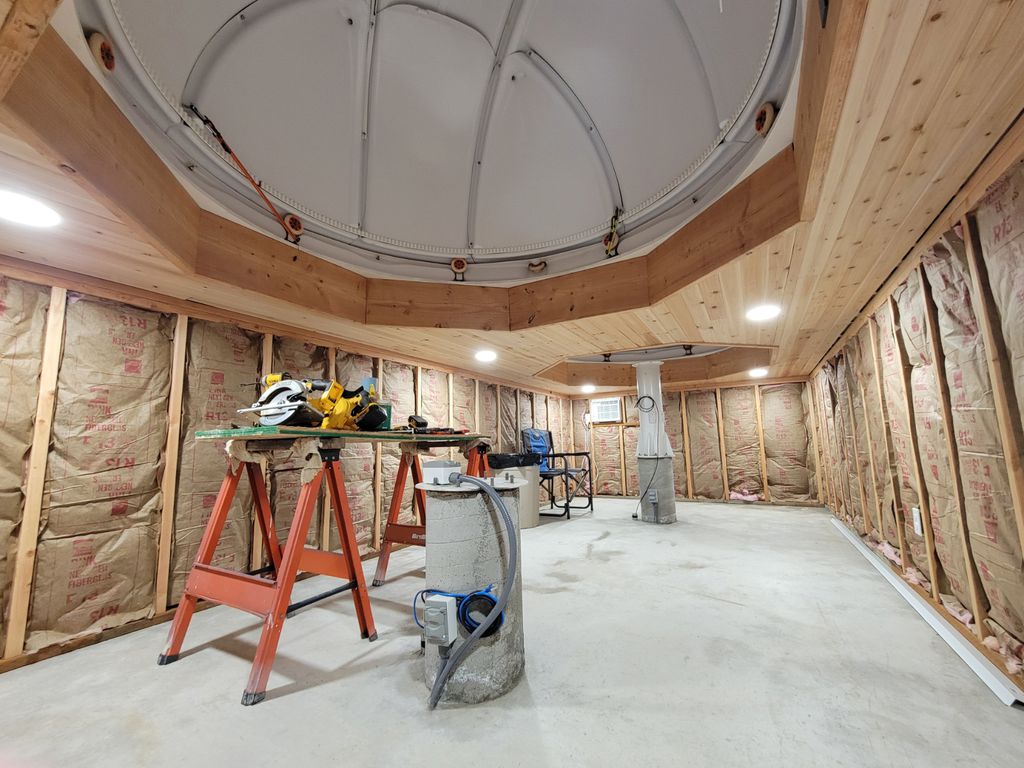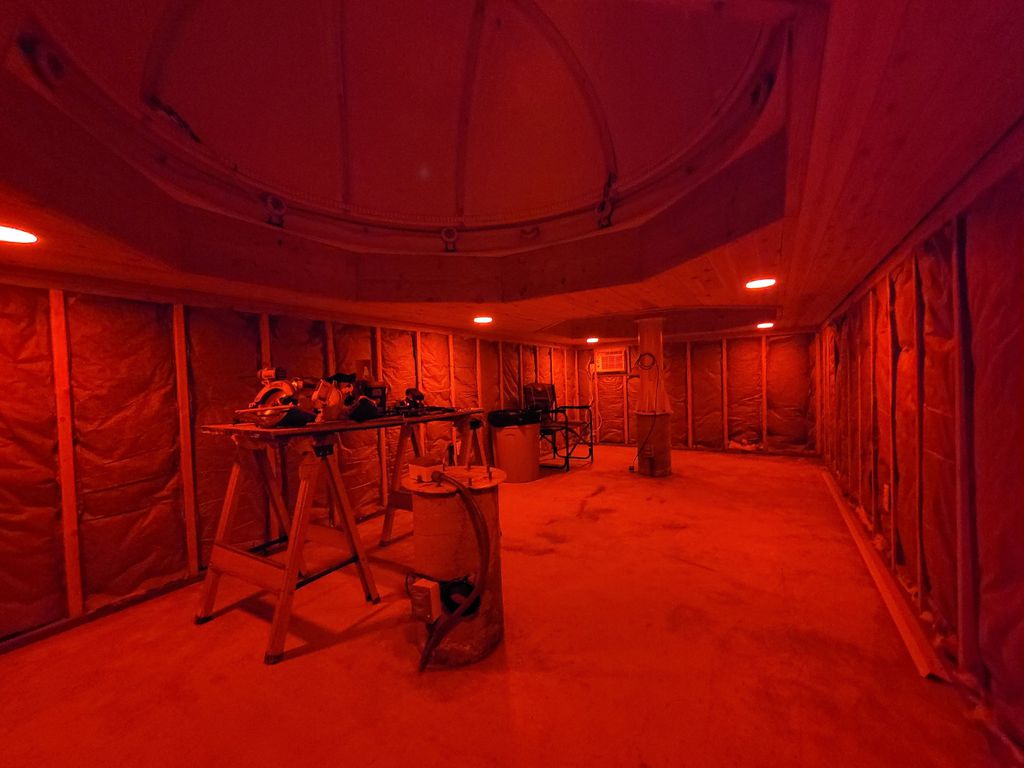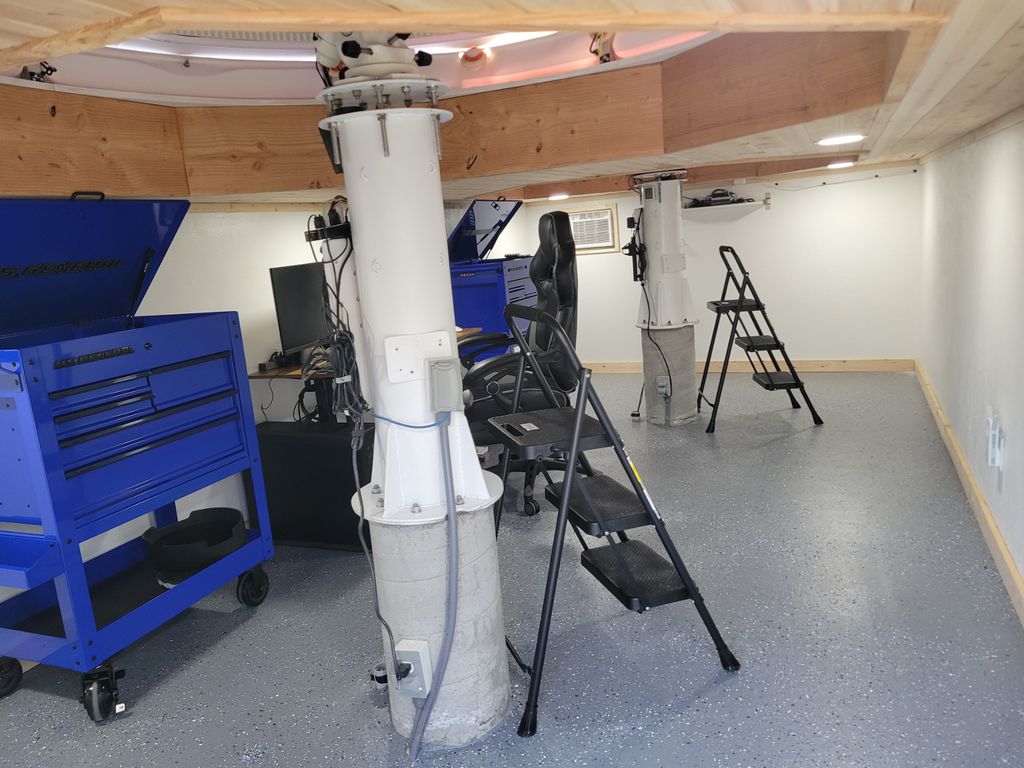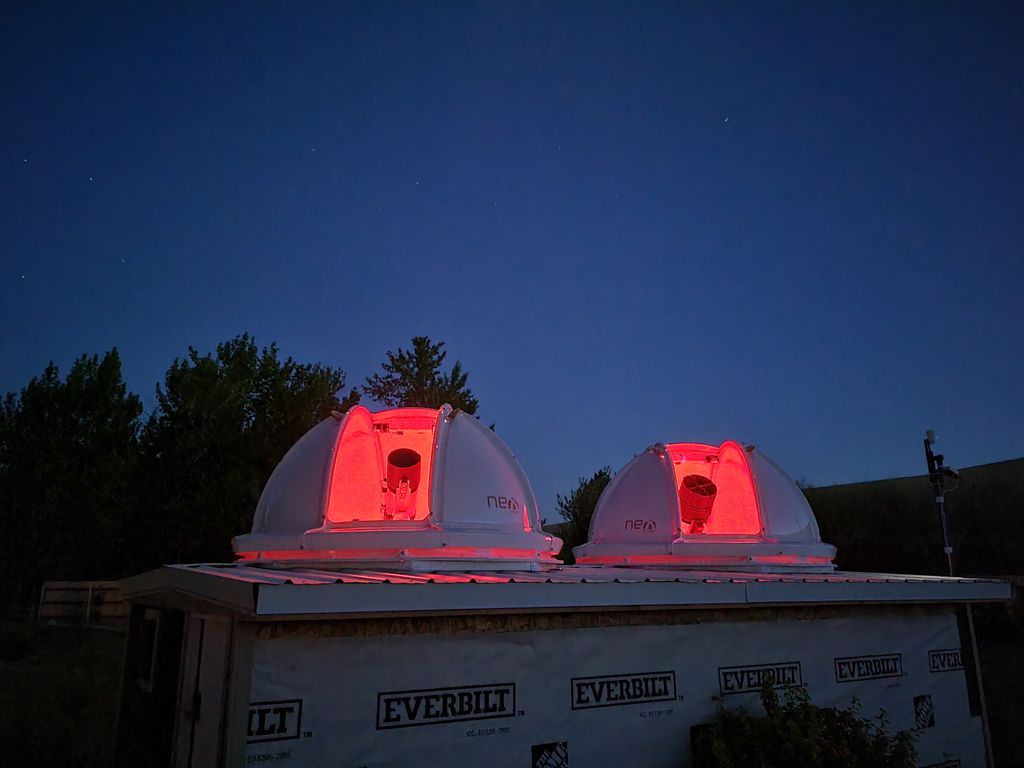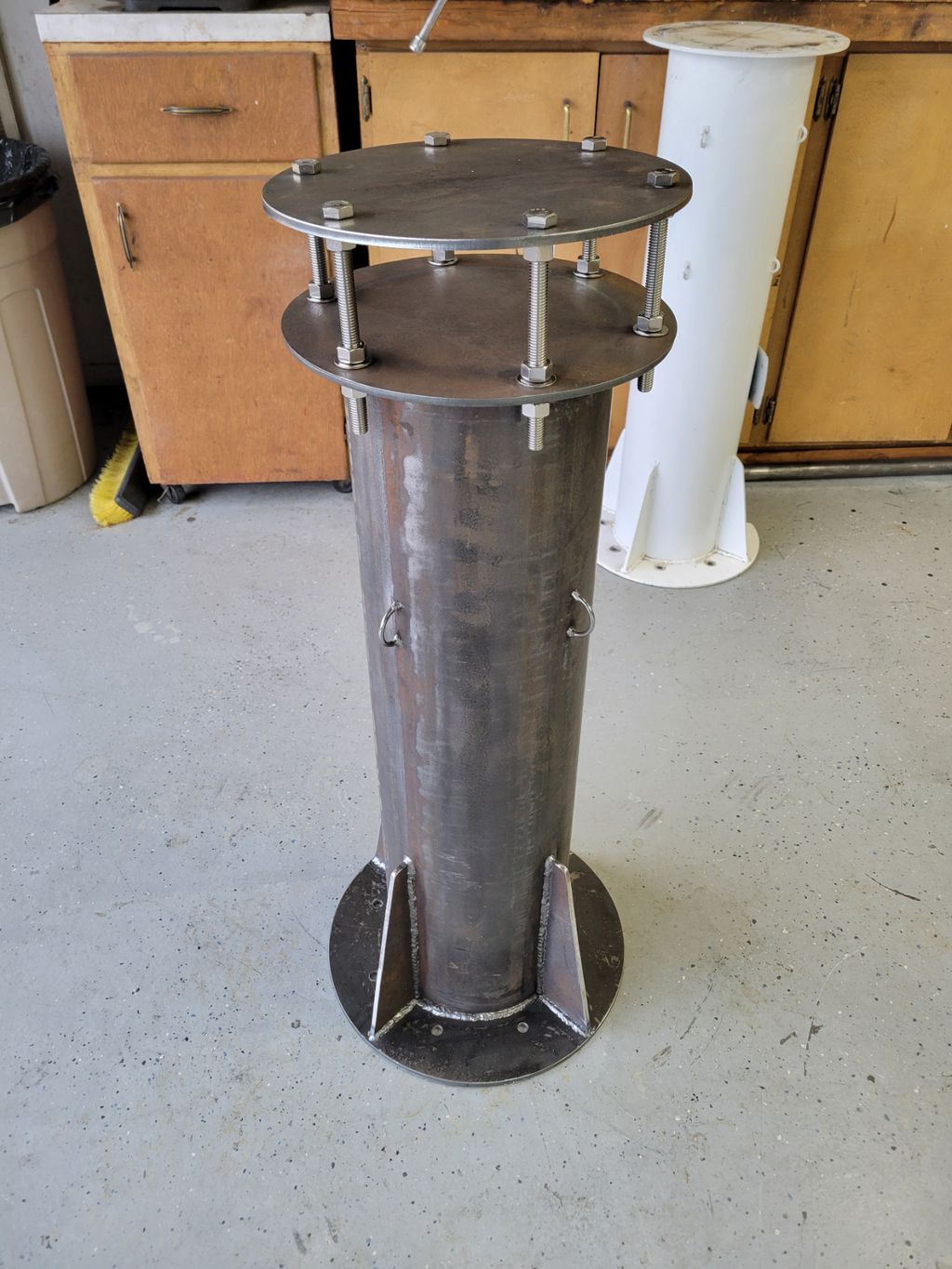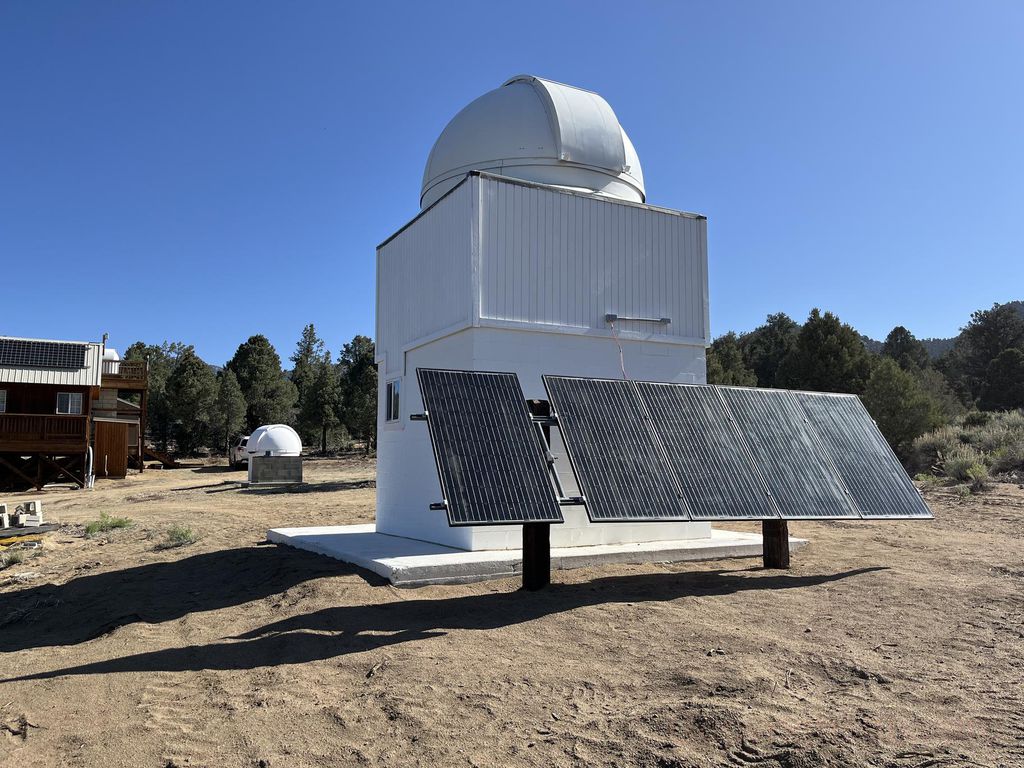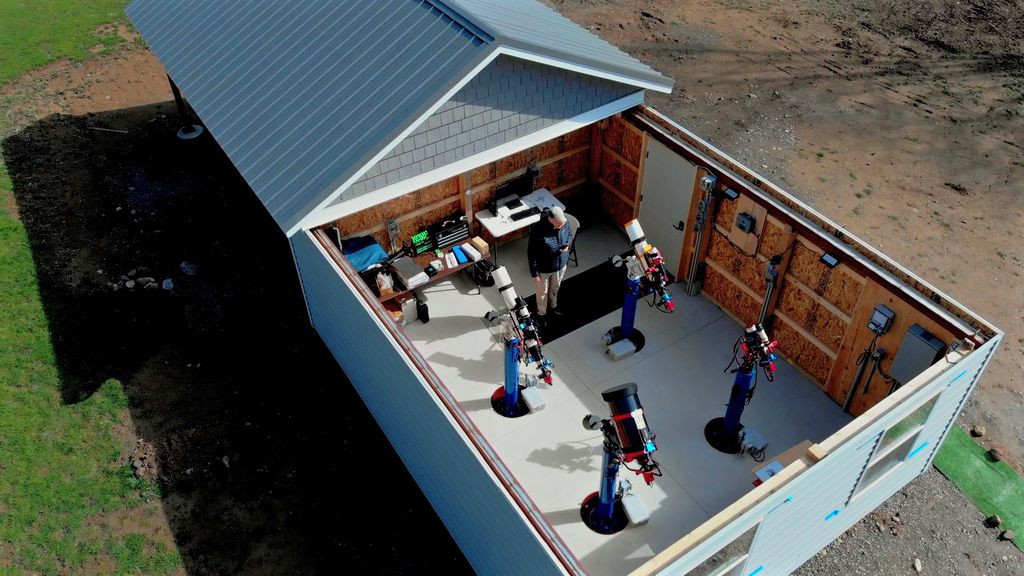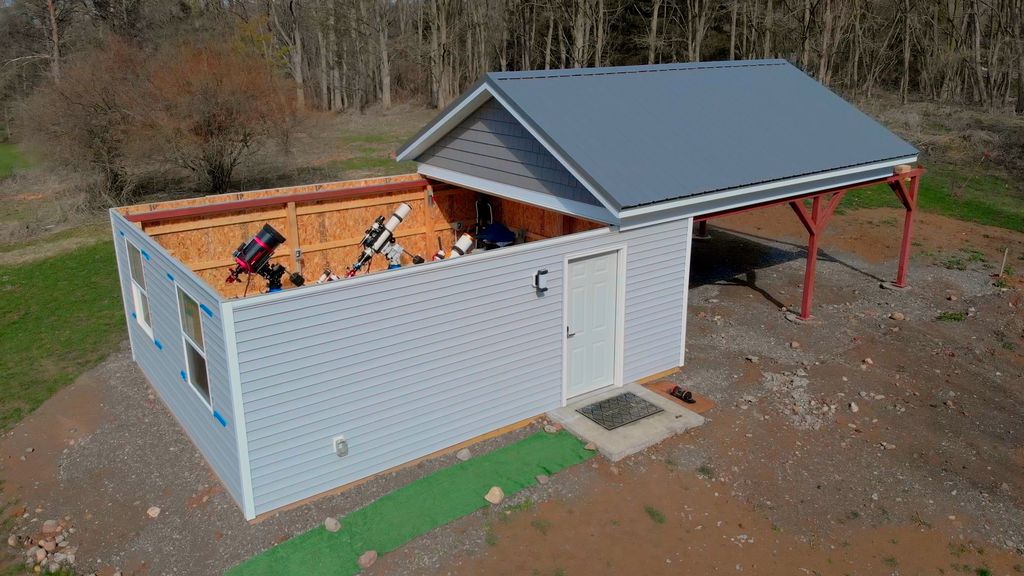I'm in the process of transitioning my telescope to a permanent mount inside a small roll-off roof observatory, and I’d love to hear your thoughts—especially from those who’ve designed or built home observatories. Location co-ordinates are about 25° N, 87° E. Weather is extreme hot in summers (38-44°C extremes) and winters are 4-5°C. There is a long drawn rainy (monsoon) season between May-July.
Current & Planned Equipment:
- Setup #1 (existing): William Optics 71GT APO on iOptron CEM40
- Setup #2 (planned): Celestron C8 EdgeHD – to be used interchangeably on the same CEM40 mount for now, with plans for a dedicated pier later
- Setup #3 (future expansion): I’m planning space for a third pier to keep options open for future additions (e.g., a wide-field setup or planetary rig)
Observatory Concept:
- I'm leaning toward a roll-off roof design that can hold 2 to 3 permanent piers, with telescopes mounted atop each.
- The observatory will be operated entirely remotely, so I don’t need space for staying inside—just room for setup, maintenance, and safe slewing. I will keep the roll-off roof manual to begin with, and automate it later (unless experience says it is better done in one go at installation)
- I have open space on all four sides, though some trees are present to the east (manageable by positioning the observatory carefully). There’s light pollution on the west, so I’ll prioritize views toward the south, north, and east.
- From experience, my image quality deteriorates below ~25–30° altitude, so the observatory design must ensure clear visibility above this range.
Seeking Your Inputs:
- Pier Spacing: How far apart should the piers be to avoid interference during full slewing—especially considering future additions?
- Pier and wall Height: What’s a good height that can help get horizon visibility, while keeping walls high enough. I would prefer the sliding roof to start just where the wall ends, and keep the roof higher (through slope) if that is feasible and better design. I woould like guidance on determining wall height to ensure visibility above ~30°,
- Other Design Lessons: Any insights from your own observatory builds?
- Materials you wish you had or hadn’t used? (I plan to use brick-cement walls, which are common and sturdy in my area.)
- Tips on roof design to accommodate wall/pier height needs? (I’m assuming a sloped roll-off roof will be required.)
- Strategies for dust, rain, and wind protection in harsh conditions?
Thanks in advance for your thoughts and suggestions. Really looking forward to learning from this amazing community!
Clear skies,
Akshay


